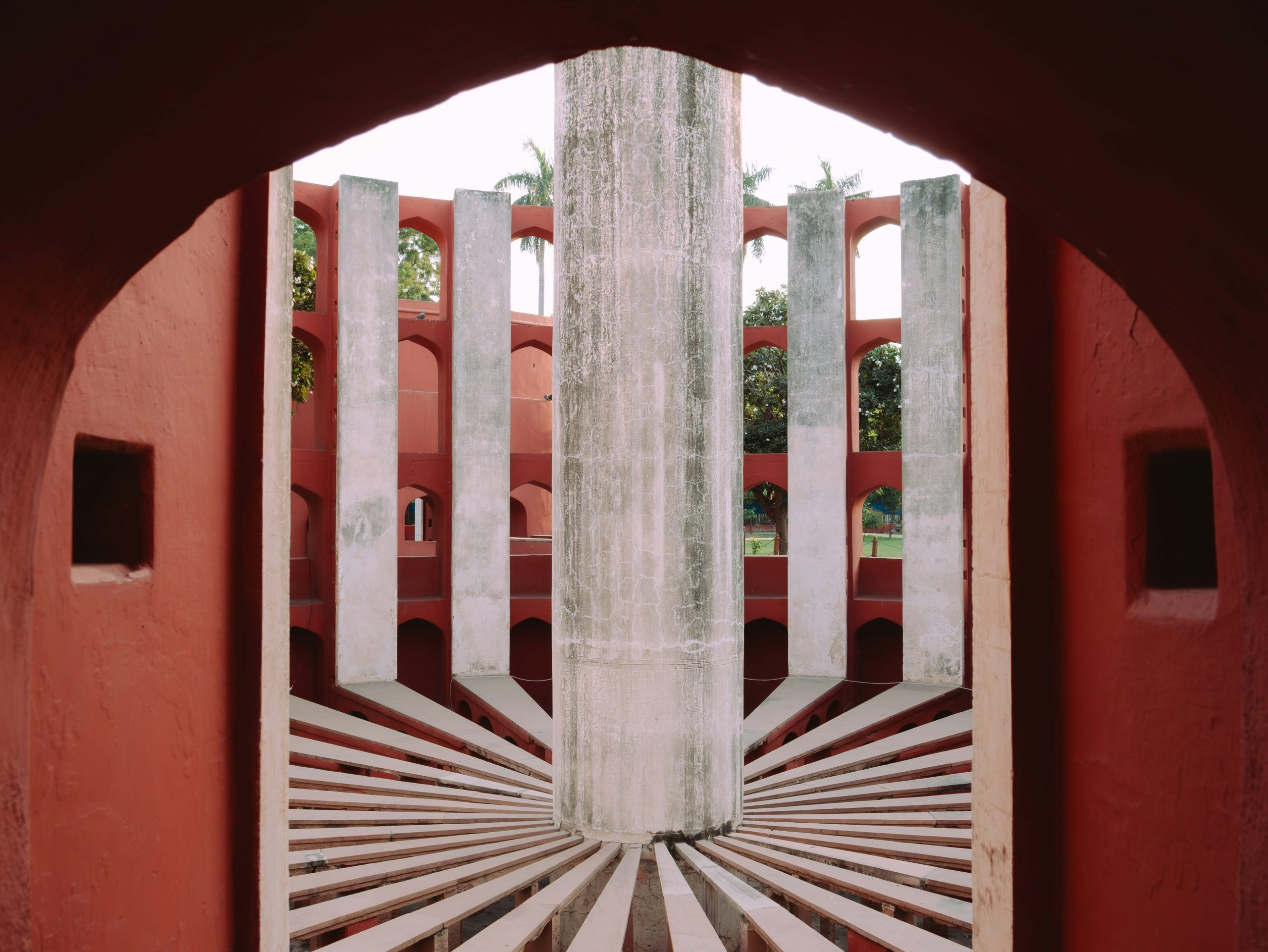Delhi’s Slum Skyscrapers: Vertical Solutions for Horizontal Crises
Delhi, the bustling capital city of India, is a hub of cultural diversity and economic growth. With a population of more than 18 million, it is one of the largest and most densely populated cities in the world. However, behind the glitz and glamour of the city’s infrastructure lies a harsh reality – the presence of slums, often referred to as the ‘horizontal crises’ of Delhi. These slums, characterized by overcrowded and unsanitary living conditions, pose a challenge to the city’s progress. In an attempt to find a solution, Delhi has turned towards vertical solutions – skyscrapers in slum areas. But are these tall structures really the answer to Delhi’s horizontal crisis? Let’s delve deeper into the concept of Delhi’s slum skyscrapers and whether they can truly provide a vertical solution to the city’s horizontal crises.
The Rise of Slum Skyscrapers in Delhi
The idea of building skyscrapers in slums was first introduced in Delhi in 2007, when the government launched a program called “JNNURM” (Jawaharlal Nehru National Urban Renewal Mission) to improve the city’s slums. As a part of this program, the government decided to build high-rise apartments in the slum areas, providing the residents with modern amenities and better living conditions. This initiative was aimed at tackling the rising population and addressing the issues of poverty and homelessness in the city.
Since then, the skyline of Delhi has drastically changed, with the emergence of slum skyscrapers in various parts of the city. These towering buildings, often constructed using lightweight and cheap materials, now stand as a symbol of hope for the slum dwellers, providing them with a chance to move out of their cramped and unhygienic living arrangements.
The Pros and Cons of Slum Skyscrapers
Pros
One of the main advantages of building slum skyscrapers is that they offer a solution to the problem of overcrowding. By providing vertical housing, these buildings can accommodate a large number of people, thus reducing the strain on the city’s infrastructure and resources. Moreover, these buildings are equipped with modern facilities like electricity, water, and sanitation, which were previously lacking in the slums. This not only improves the standard of living for the residents but also promotes a sense of dignity and community among them.
Slum skyscrapers also have the potential to generate employment opportunities, especially in the construction and maintenance sector. This can help to boost the city’s economy and provide the slum dwellers with a chance to improve their socio-economic status. Additionally, these high-rise buildings can also free up valuable land that was previously occupied by slums, which can then be utilized for other purposes like parks, schools, and hospitals.
Cons
Despite the numerous benefits, slum skyscrapers also have their fair share of drawbacks. One of the major concerns is the sustainability of these structures. As they are often constructed using lightweight materials, they may not be able to withstand natural calamities like earthquakes and floods. This raises questions about the safety and well-being of the residents living in these buildings. Moreover, the misuse of these structures, for activities like illegal renting or lack of maintenance, can lead to the deterioration of the buildings over time, posing a threat to the people living inside them.
Another issue is the displacement of the slum dwellers during the construction of these skyscrapers. The process of relocation can be traumatic and disruptive for the people, who are already marginalized and vulnerable. In some cases, they may even lose their source of income and be forced to start life from scratch. This can have a profound impact on their mental health and well-being.
Is Vertical Really the Answer to Horizontal Crises?
The concept of slum skyscrapers in Delhi has been lauded by some as a revolutionary solution to the problem of horizontal crises. However, others argue that it is merely a Band-Aid fix that fails to address the root causes of the issue. By simply relocating the slum dwellers from one place to another, the underlying problems of poverty, inequality, and lack of opportunities remain unaddressed.
Moreover, the neglect of horizontal development and focus on vertical solutions can have detrimental effects on the environment. Skyscrapers require large amounts of energy and resources, contributing to pollution and adding to the city’s carbon footprint. This goes against the idea of sustainable development, which is crucial for the long-term well-being of both the city and its residents.
The Way Forward
While slum skyscrapers do offer some benefits in terms of providing housing and amenities to the underserved communities, they are not a one-size-fits-all solution to Delhi’s horizontal crises. The government needs to focus on holistic and sustainable approaches that address the root causes of poverty, inequality, and lack of opportunities. This can involve initiatives like slum rehabilitation, improving infrastructure in the existing slum areas, and creating employment opportunities for the slum dwellers.
It is also crucial to involve the residents in the decision-making process and ensure their active participation in finding solutions to their problems. By empowering the residents and giving them a voice, the government can move towards a more inclusive and equitable approach towards tackling Delhi’s horizontal crises.
In Conclusion
Delhi’s slum skyscrapers may have brought a glimmer of hope to the lives of the city’s slum dwellers, but they are not a standalone solution to the problems of poverty and urbanization. The government must take a more comprehensive and sustainable approach towards addressing the horizontal crises, while also ensuring the safety, well-being, and dignity of the marginalized communities. Only then can Delhi truly grow and progress as a city for all of its residents.











